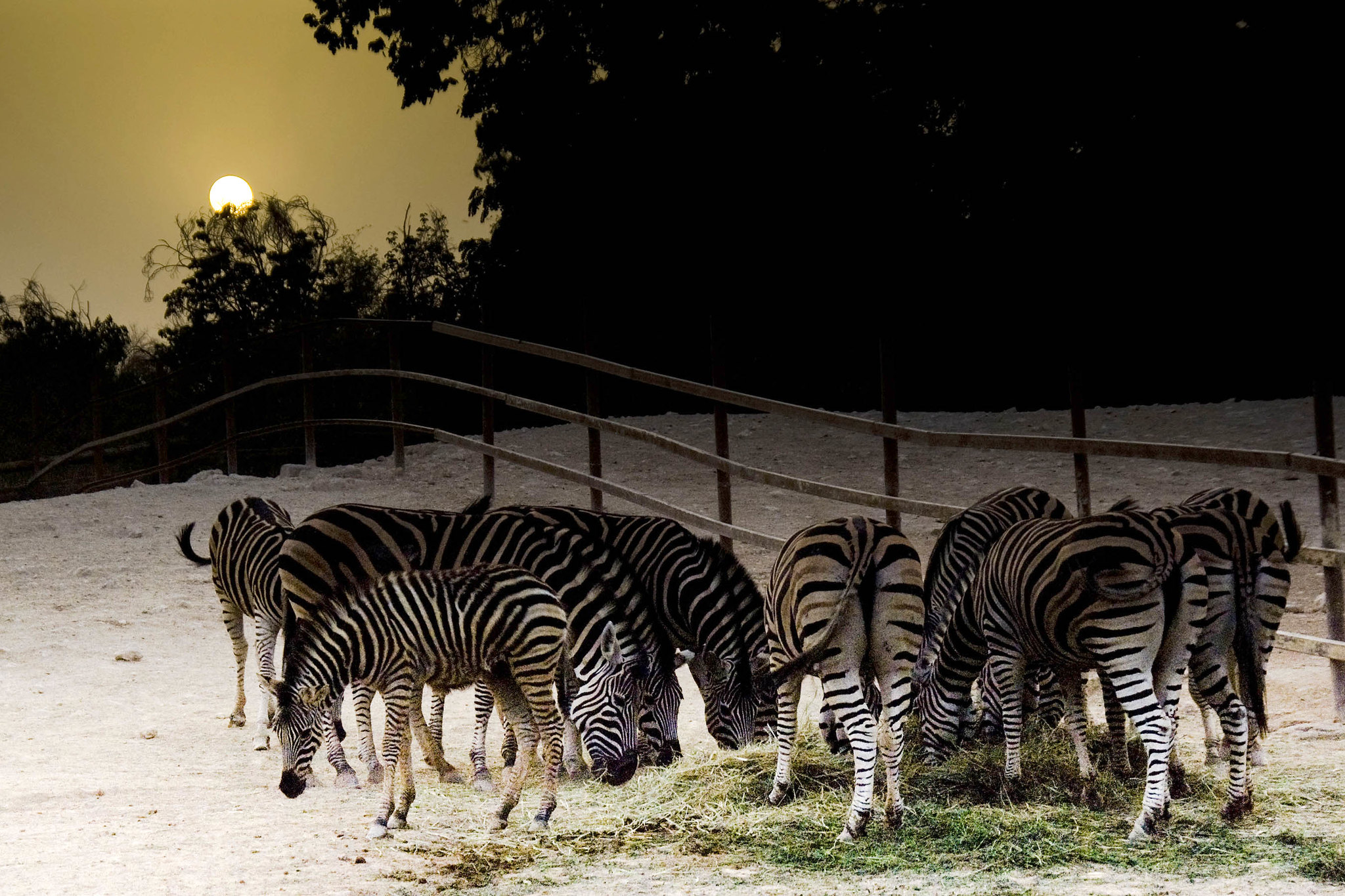Doha Zoo, located in the capital city of Qatar, is a popular attraction for both locals and tourists. Established in 1983, the zoo spans an area of approximately 30 hectares and is home to a diverse collection of animals from around the world. The facility houses over 1,500 animals representing more than 100 species, including mammals, birds, reptiles, and amphibians. Doha Zoo aims to provide education about wildlife conservation, promote environmental awareness, and offer visitors an opportunity to observe and learn about various animal species in a controlled setting. The zoo features themed exhibits, a children’s zoo, and educational programs to enhance the visitor experience. In recent years, Doha Zoo has undergone renovations and expansions to improve animal habitats and visitor facilities, reflecting Qatar’s commitment to wildlife preservation and public education.
Doha Zoo’s latest exhibit is causing quite a stir among animal enthusiasts and casual visitors alike. The newly opened “Desert Wonders” section showcases a fascinating array of rare and elusive creatures that call the harsh desert environments their home. This unique display offers visitors a chance to observe and learn about animals they might never encounter in the wild, all while enjoying the comfort and safety of a well-designed zoo environment.
Among the star attractions of the exhibit is the Arabian oryx, a majestic antelope species that was once declared extinct in the wild. Thanks to conservation efforts, including those spearheaded by Qatar, these elegant creatures with their distinctive straight horns have made a remarkable comeback. Visitors can now admire these “unicorns of the desert” up close, gaining a newfound appreciation for their resilience and beauty.
But the Arabian oryx isn’t the only draw. The exhibit also features the elusive sand cat, a small feline perfectly adapted to life in the desert. With its oversized ears and sand-colored fur, this diminutive predator is a master of camouflage in its natural habitat. Zoo-goers are often surprised to learn that such a cute and cuddly-looking animal is actually a fierce hunter, capable of surviving in some of the world’s most unforgiving landscapes.
Moving through the exhibit, visitors encounter the peculiar-looking fennec fox. Native to the Sahara and Arabian deserts, these pint-sized canines sport enormous ears that serve a dual purpose: helping them locate prey beneath the sand and regulating their body temperature in the scorching heat. Their playful antics and curious expressions make them a favorite among children and adults alike.
The zoo hasn’t forgotten about the scaled residents of the desert either. The exhibit houses several species of desert-dwelling reptiles, including the spiny-tailed lizard, also known as the dabb lizard. These herbivorous reptiles are well-adapted to arid conditions and play a crucial role in desert ecosystems. Visitors can observe their unique behaviors and learn about the challenges these creatures face in their natural habitats.
One of the more unusual additions to the exhibit is the Egyptian jerboa, a small rodent that looks like a miniature kangaroo. With its elongated hind legs and long tail, this nocturnal creature can leap impressive distances, a useful skill for evading predators in open desert landscapes. The jerboa’s inclusion in the exhibit highlights the diversity of desert fauna and the various adaptations that allow animals to thrive in seemingly inhospitable environments.
The “Desert Wonders” exhibit isn’t just about showcasing exotic animals; it also serves as an educational platform. Throughout the display, informative panels and interactive elements teach visitors about desert ecosystems, the threats faced by these animals in the wild, and ongoing conservation efforts. The zoo has partnered with local and international organizations to ensure that the information presented is up-to-date and scientifically accurate.
As visitors exit the exhibit, they’re often left with a newfound appreciation for the resilience and adaptability of desert wildlife. Many express surprise at the diversity of life that can be found in what they previously perceived as barren landscapes. The zoo hopes that this increased awareness will translate into greater support for conservation efforts, both locally and globally.
The “Desert Wonders” exhibit at Doha Zoo is more than just a collection of animals; it’s a window into a world that many people never get to experience firsthand. By bringing these rare desert creatures to the public eye, the zoo is not only providing entertainment but also fostering a deeper understanding of the natural world and the importance of preserving it for future generations.
The Doha Zoo, located in Qatar’s capital city, has played a significant role in wildlife conservation and public education since its establishment. Despite facing challenges and criticism regarding animal welfare, the zoo has undergone renovations and improvements in recent years. It continues to serve as an important attraction for both locals and tourists, offering visitors the opportunity to observe and learn about various animal species. As Qatar strives to enhance its tourism and educational offerings, the Doha Zoo remains a key component in the country’s efforts to promote environmental awareness and wildlife preservation.

